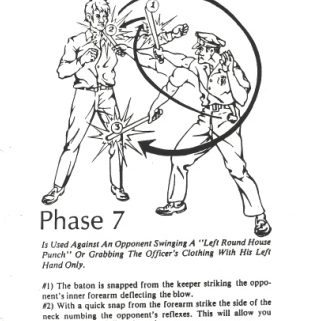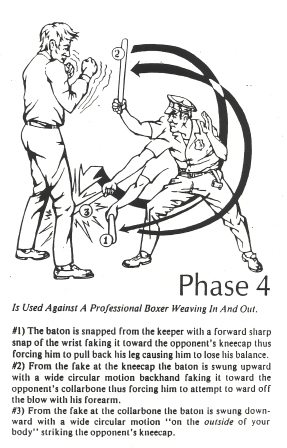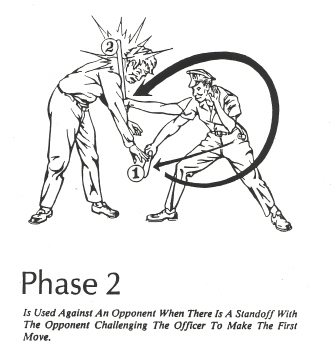Prison Use Of Force Training… From Nearly 20 Years Ago
We’ve all seen and heard all sorts of stories involving law enforcement and their use of force tactics and techniques. But what happens AFTER the arrest and conviction? How are prison staff members trained to deal with violent inmates and the permitted use of force against them? Well, here are a few (there are more) interesting training tips straight from the horse’s mouth, a 1996 state manual. My how times have changed over the past two decades.
*Keep in mind that prisons and police agencies do NOT operate under the same standards, code, rules, and law. And, these techniques and training guidelines have changed over the years to reflect modern law and policies. Well, they should have changed…
1. In 1996, some state corrections officers received 2 whole hours of classroom training on Use Of Force. This “lengthy” training period included:
– Applicable case and statutory laws regarding justifiable use of force.
– Liability to the agency when use of force is used.
– Who can be sued.
– Elements of and those necessary for an inmate to file a federal lawsuit.
– The liability of an officer in the event of a prisoner escape.
– Amount and level of force allowable per specific incident.
*Notice how the focus is on lawsuits and how blame is centered around the officers.
2. Use of Less Than Lethal Force
– Discussion of authorized equipment, such as an officer’s hands, Stinger rounds, electronic control devices, imapct weapons (batons, etc.).
– When lesser means are ineffective.
– Lesser tactics include verbal commands and use of force.
3. Weapons Discussions/Classroom Training
– Learn color codes to identify each chemical agent (CS/blue, Smoke/yellow, Tear Gas/red, O.C. – pepper spray – /orange. Practice devices are gray.
– Learn when it’s appropriate to use chemical agents, and the liability involved when doing so.
– Decontamination procedures.
– Where to direct O.C. spray (pepper spray) – A prisoner’s eyes are the primary target, followed by nose and mouth.
– Use of gas masks.
– First aid for O.C./pepper spray exposure = fresh air, cool water, and reassure the inmate with a calming tone of voice.
4. Hands-on Training
– Officers learn the proper technique for holding and throwing gas grenades.
– Fire gas Guns and shotguns
– Start thermal fogger.






